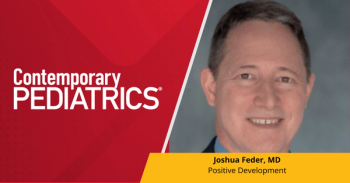
Debt may lead residents to primary care
Pediatric residents who have high educational debt may opt for primary care or hospitalist practice instead of a subspecialist career. A new study looked at the relationship between medical school debt and clinical practice goals.
Pediatric residents who have high educational debt may opt for primary care or hospitalist practice instead of a subspecialist career. A new
Researchers examined data from 5 years of American Academy of Pediatrics Graduating Resident Surveys for 2006 through 2010 in which random samples of 1,000 graduating pediatric residents answered questions about resident demographics, educational debt, and career plans.
Findings showed that 74% of the pediatric residents reported having educational debt from college and medical school, and that mean educational debt had increased 34%, from $104,000 in 2006 to $139,000 in 2010. More than one-third had debt more than $155,000. Women had higher debt than men, and residents aged 31 years and younger had more debt compared with older residents.
Residents with the highest mean debt planned for a hospitalist career, followed by those who planned for primary care practice, both practice goals that do not require further fellowship training. Residents who were women, Hispanic, married to a nonphysician, had children, graduated from a US medical school, or were from small residency programs also were more likely to report a primary care or hospitalist track.
Physician pay varies by specialty, and pediatricians historically are among physicians with the lowest starting salaries. Educational debt plus a lower salary hampers new pediatricians as they start postresidency careers or subspecialty training and may discourage them from looking at fellowship programs in pediatric subspecialties that are less financially rewarding.
Researchers note that although increasing school debt may discourage qualified residents from pursuing fellowship training and push them toward primary care or hospitalist practice, they have not yet seen an increase in the percentage of pediatric residents declaring for careers in primary care.
Newsletter
Access practical, evidence-based guidance to support better care for our youngest patients. Join our email list for the latest clinical updates.










